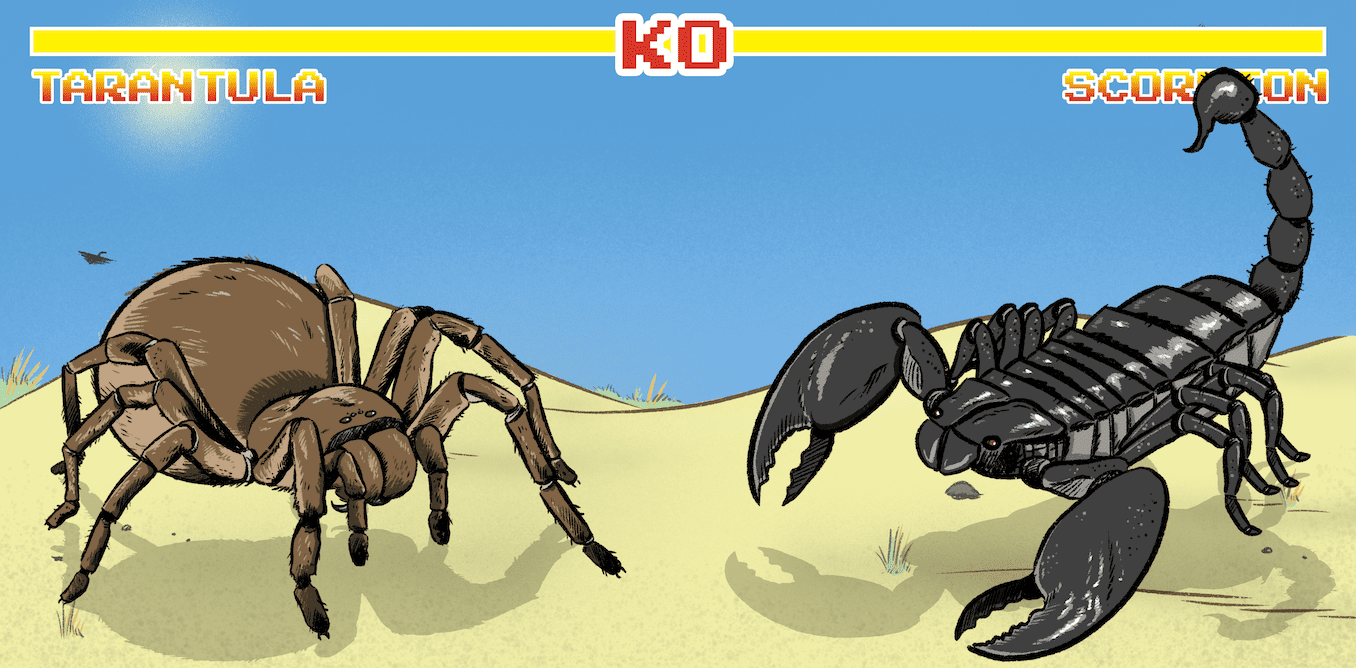Spiders and scorpions are both intriguing arachnids, but when it comes to strength and dominance, which one is the strongest? Both have similarities in their physical structures, but scorpions tend to be larger than spiders and have claws to catch and kill prey. Venom delivery methods also differ, with scorpions having more potent venom that can be deadly to humans. In terms of capturing prey, spiders use webs or active hunting, while scorpions hide and ambush their prey with their claws. Both have impressive physical abilities, but the choice between the two comes down to personal preference. Ultimately, both are stunning examples of the diversity and complexity of life on Earth.
Spider vs. Scorpion: Which One is the Strongest Arachnid?
Arachnids, a class of joint-legged invertebrates, are notorious for their venom, intimidating appearance, and fierce reputation. Spiders and scorpions are undoubtedly two of the most fascinating and intriguing members of this group. But, when it comes to strength and dominance, which one of the two reigns supreme? Let’s explore and compare the physical abilities and characteristics of these arachnids, and find out which one stands tall as the strongest.
Physical Appearance
Spiders and scorpions have some similarities in their physical structures. Both of them have two main body sections, the cephalothorax (head and thorax) and the abdomen. They also have segmented, jointed legs and multiple eyes that help them in detecting prey and predators. However, while most spiders are small to medium-sized and typically have long, thin legs, scorpions tend to be larger in size and have comparatively shorter legs. Scorpions have a pair of pincers or claws, known as pedipalps, which they use to catch and kill their prey, whereas spiders do not have those appendages.
Venom and Prey Capture
Both spiders and scorpions are predators, and they use venom to incapacitate their prey. Spiders have venom glands located at the base of their chelicerae, which inject venom into their prey through their fangs. Scorpions, on the other hand, have venom glands located in their pedipalps, which they use to crush and inject venom into their prey. Although both types of venom are incredibly potent, scorpion venom is usually considered to be more dangerous in terms of human fatalities.
When it comes to capturing their prey, both spiders and scorpions are agile and adept hunters. Spiders are known for their web-spinning skills, which they use to trap and immobilize their prey. Some spider species, such as the hunting spiders, do not build webs and instead hunt actively using their speed and stealth behaviors. Scorpions, on the other hand, use their pedipalps to catch and crush their prey. They often use ambush tactics and stay hidden until the prey is within reach of their grasp.
Physical Strength
When it comes to physical strength, both spiders and scorpions are formidable creatures. Spiders are known for their incredible jumping abilities, and some species can jump up to 50 times their body length. They are also capable of lifting objects that are up to 170 times their body weight. Scorpions, on the other hand, are known for their impressive durability and endurance. They can withstand extreme temperatures and drought conditions for long periods and can survive without food for several months.
Conclusion
So, which arachnid is the strongest – spider or scorpion? The answer is not so simple, as both of these creatures possess unique abilities and characteristics that make them powerful predators. While spiders lead the way when it comes to venom delivery and agility, scorpions are unstoppable when it comes to crushing power and endurance. Ultimately, the choice between the two comes down to personal preference, as each species has its unique charm and can inspire awe and fear in equal measure.
However, one thing is for sure – both spiders and scorpions are stunning examples of the wonders of the natural world, and their existence is a testament to the incredible diversity and complexity of life on earth.
